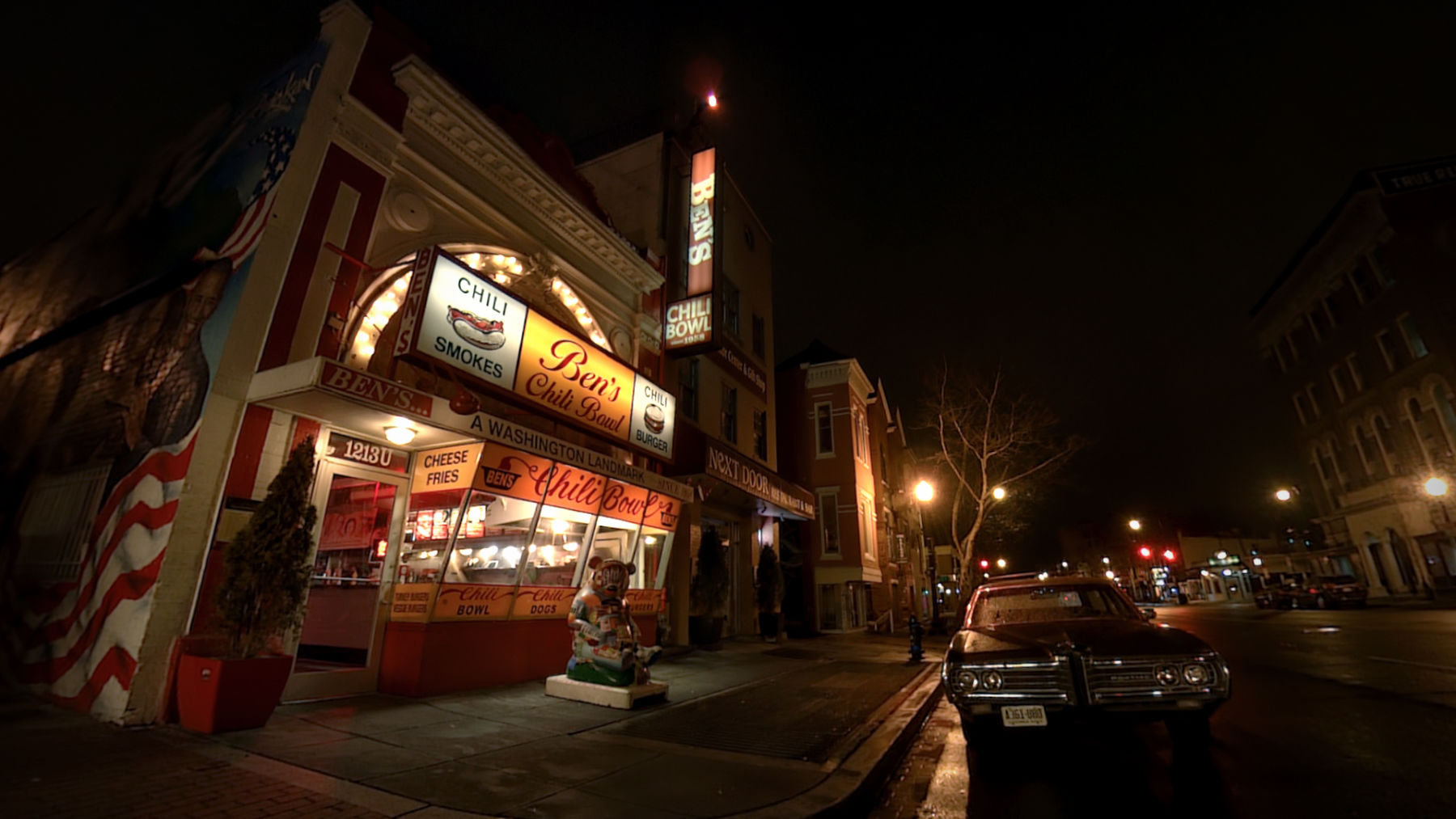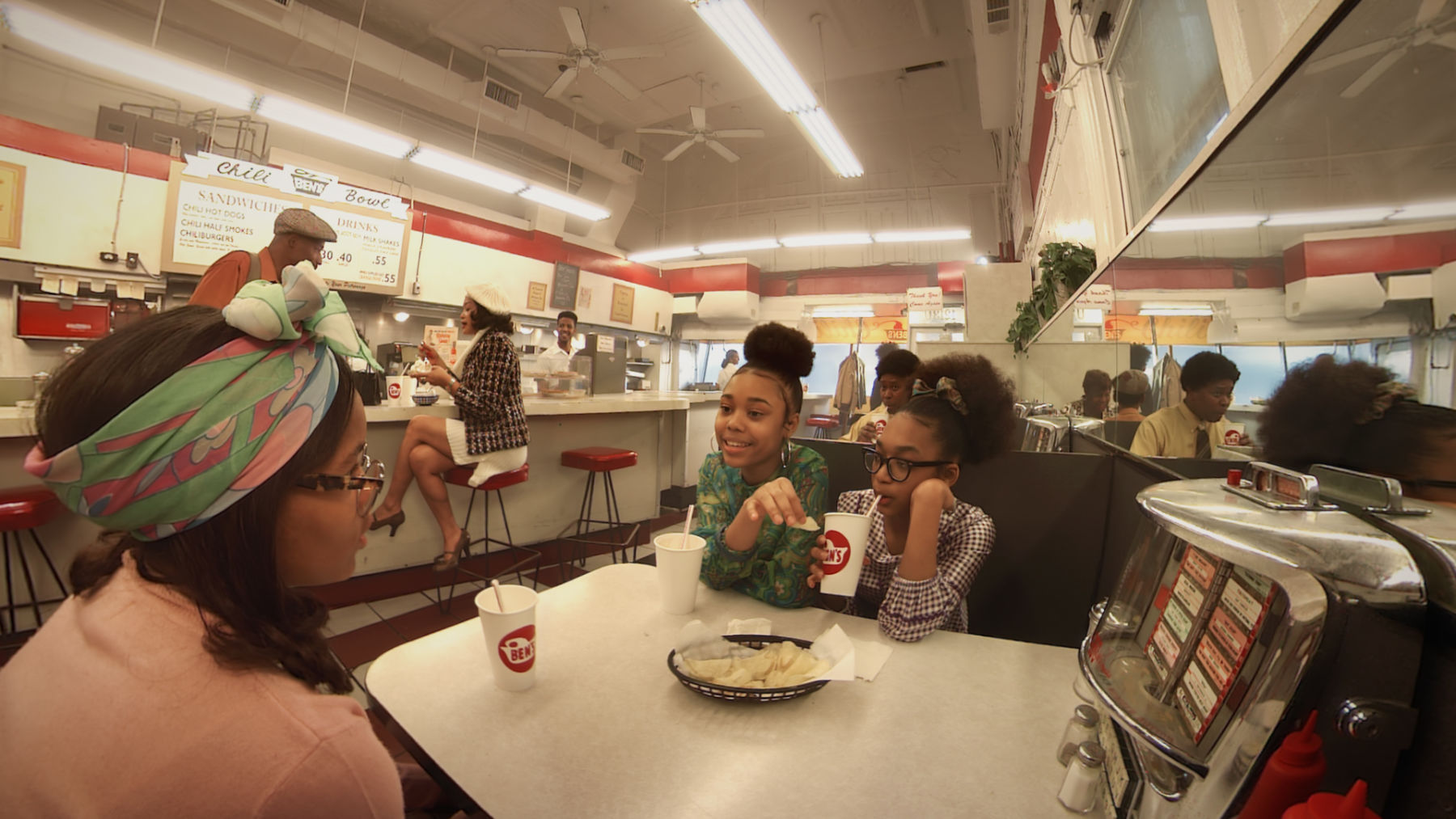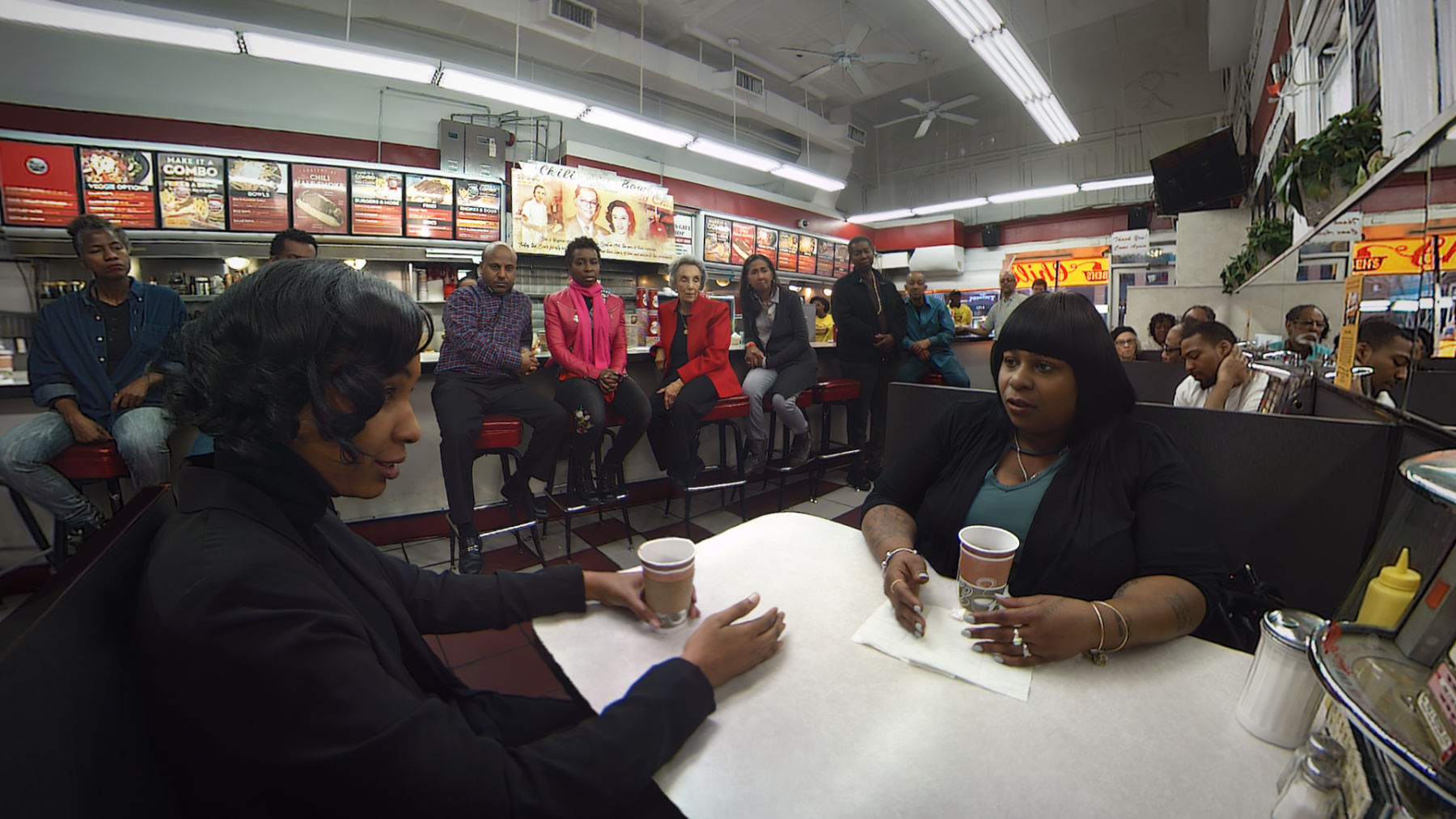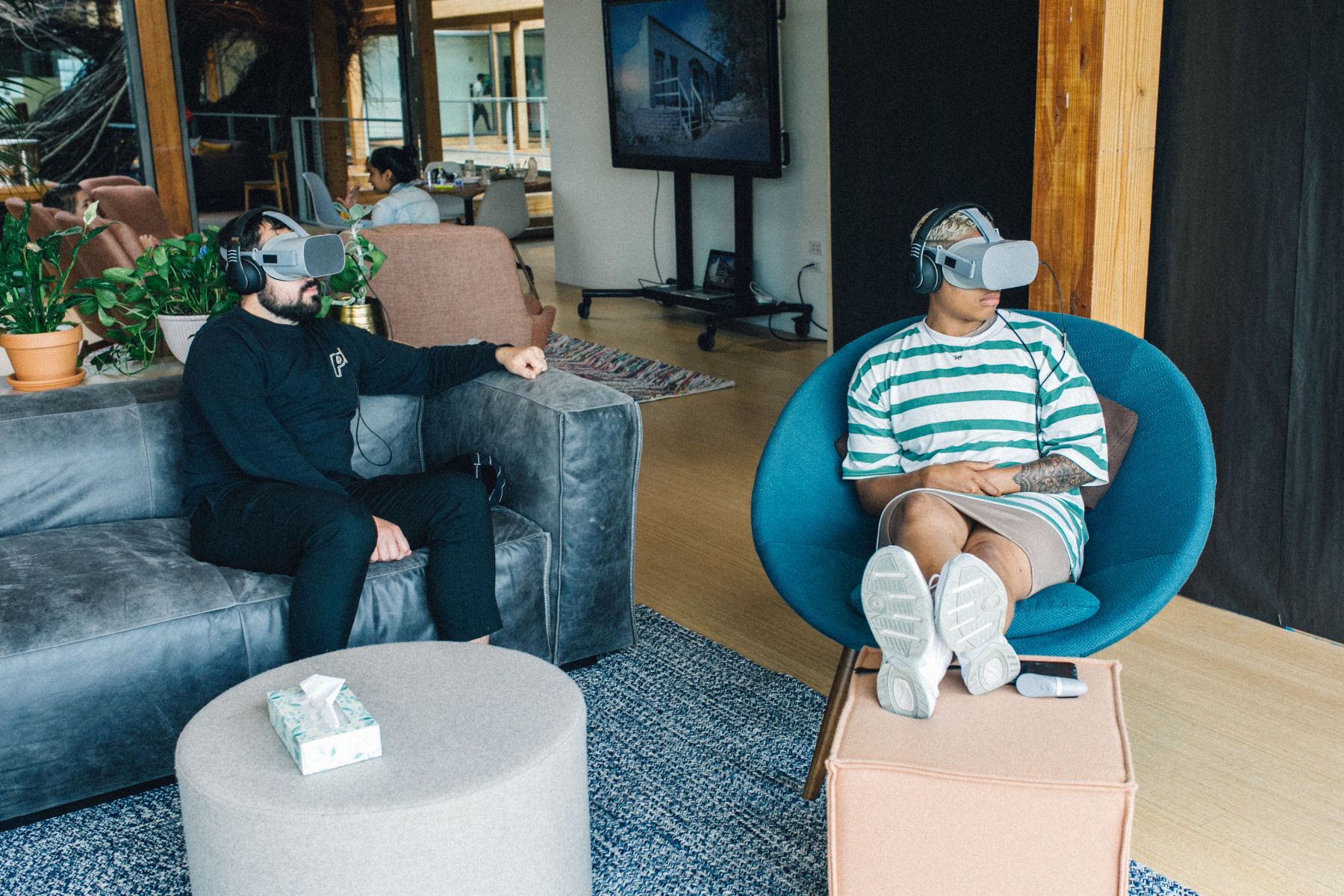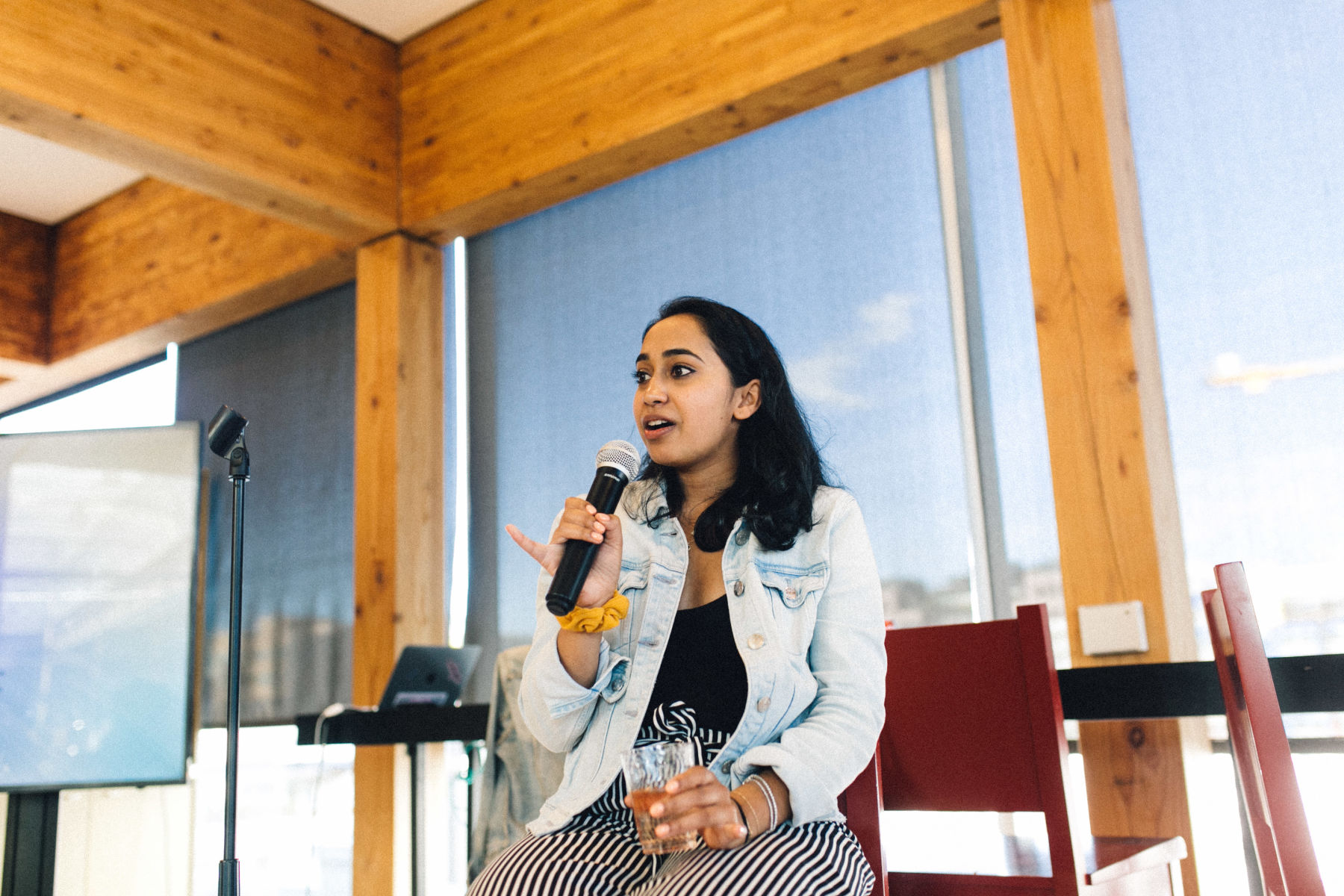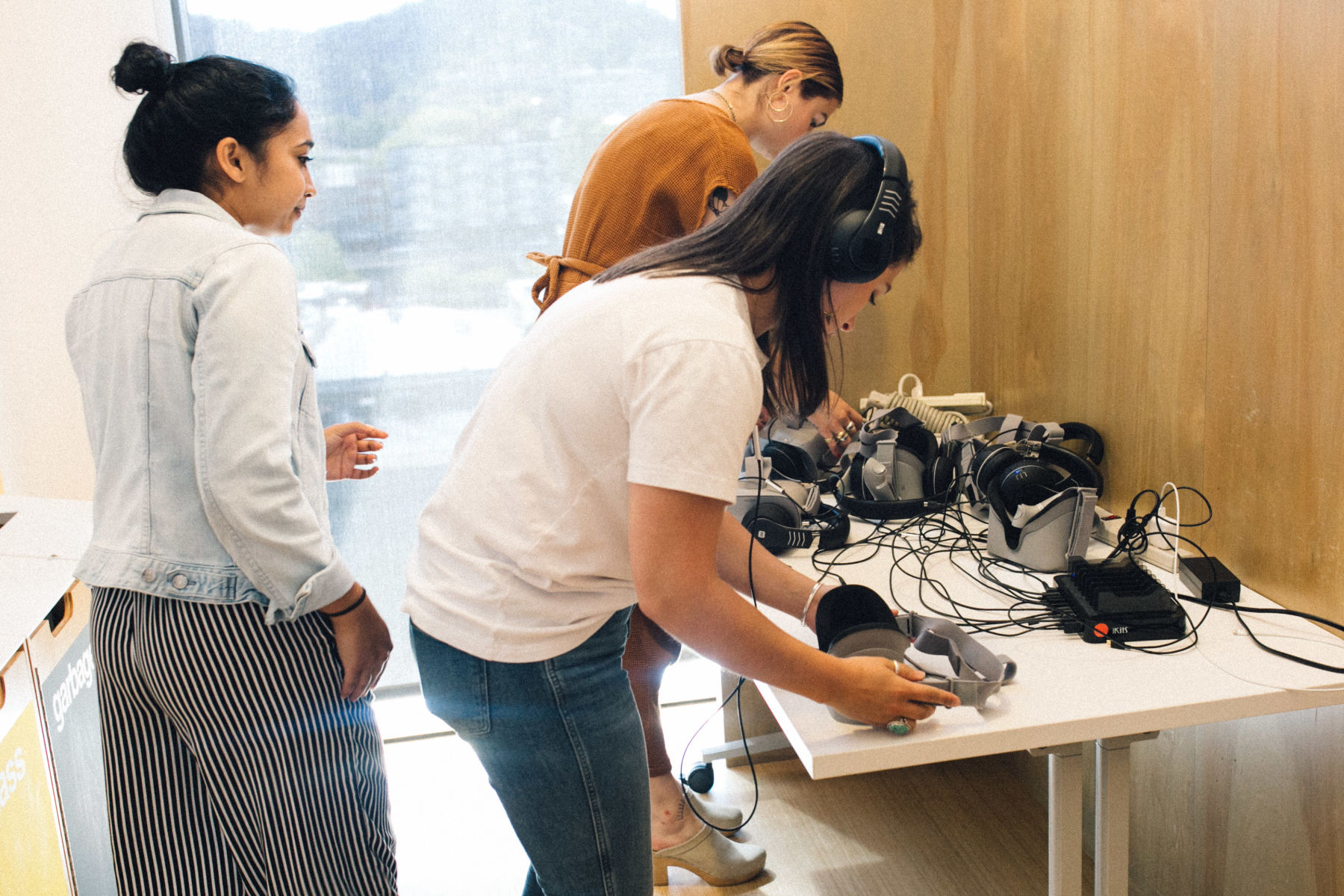Serita: How did the initial idea for this film come along? We know the subject matter is almost never ending, and there are so many people to interview and so many things to explore. What kicked this off?
Eight years ago at the Lincoln Theatre in Washington, D.C., situated directly next door to Ben’s Chili Bowl, our executive producer Bonnie Nelson Schwartz produced the play The Green Book. The production featured civil rights leader Julian Bond and was the first time that the subject of the Green Book was explored in recent years. Upon release of The Green Book play, Bonnie realized that they needed to continue the conversation around this survival guide, and subsequently reached out to Roger Ross Williams.
Unlike today, no one was talking about the Green Book eight years ago. Few people remembered this important piece of history, so there was a sense of urgency to continue to share this story. Through years of financing and development hurdles, the project transformed into the project that it is today. Even though the last Green Books were published in 1966, this story carries so much importance and is still very relevant, so the urgency to make this project never went away.

